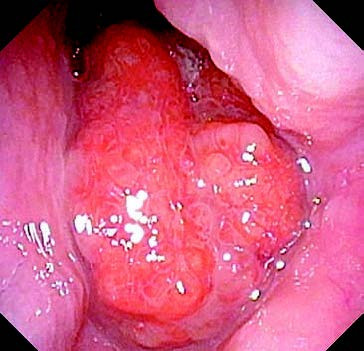Acute adenoiditis is a common condition in children, primarily affecting those aged 3 to 10 years, without gender differences. It is often associated with bacterial or viral infections. In most adults, the adenoids have regressed or disappeared, making this condition rare in the adult population.
Etiology
The cause is similar to that of acute tonsillitis and is typically due to bacterial or viral infections. The most common pathogens include group B hemolytic streptococcus, adenovirus, influenza virus, parainfluenza virus, Epstein-Barr virus, and enterovirus.
Clinical Manifestations
Acute adenoiditis often follows an acute upper respiratory tract infection, with a sudden onset of high fever that can reach 40°C. Symptoms include dull pain in the nasopharynx, headache, and general malaise, frequently accompanied by severe nasal congestion and mouth breathing. If pharyngitis occurs concurrently, it may involve painful swallowing. In cases where the infection spreads to the eustachian tube, symptoms such as earache, a sense of fullness in the ear, and reduced hearing may appear. In more severe infections, complications such as suppurative otitis media or sinusitis may develop.
Examinations
Fiberoptic (or electronic) nasopharyngoscopy typically reveals congested and swollen adenoids, with exudate covering their surface. Swelling may also be observed in the nasal mucosa. Hyperemia of the oropharyngeal mucosa, along with secretions attached to the posterior pharyngeal wall, is also commonly detected.

Figure 1 Acute adenoiditis
Treatment
The child should remain in bed to rest and consume sufficient fluids. Antipyretics are used when high fever occurs. In more severe cases, adequate antibiotics are administered to control the infection and prevent the development of complications.